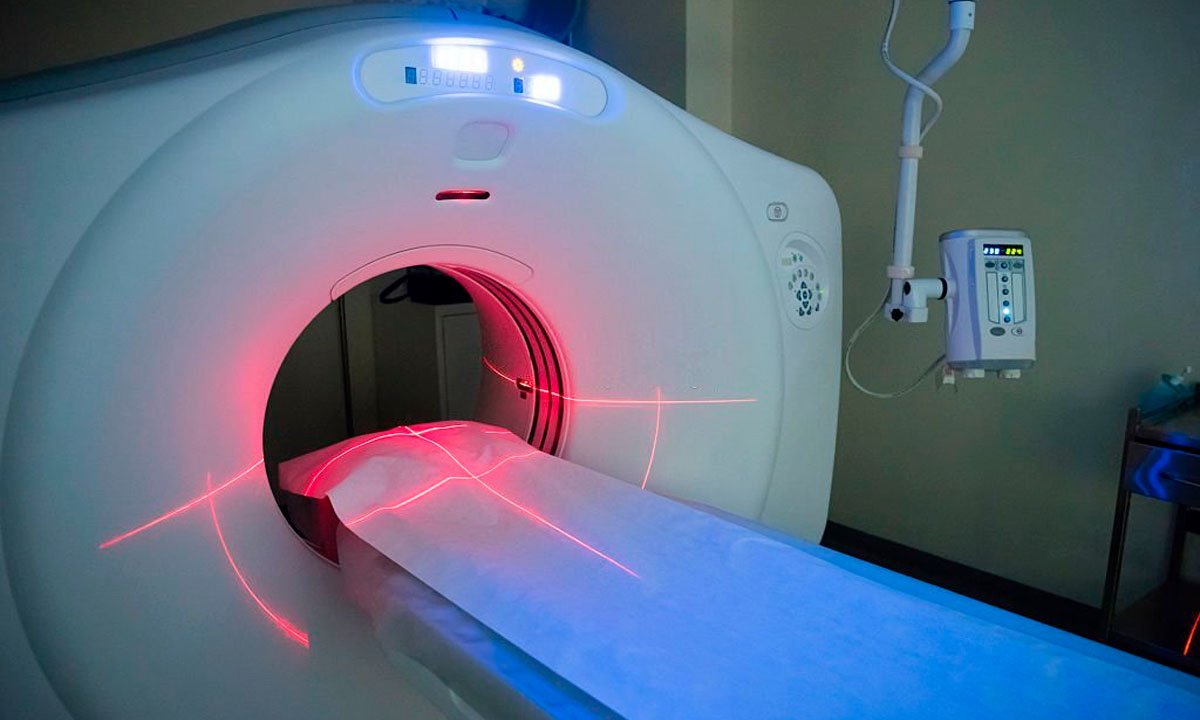
HOW DOES MULTIPLE MYELOMA AFFECT THE BODY?

- In multiple myeloma, the overgrowth of plasma cells in the bone marrow can crowd out normal blood-forming cells, leading to low blood cell counts.
- This can cause anemia (a shortage of red blood cells). People with anemia become weak and fatigued.
- Multiple myeloma can also cause the level of platelets in the blood to become low (called thrombocytopenia). This can lead to increased bleeding and bruising.
- Another condition that can develop is leukopenia (a shortage of normal white blood cells). This can lead to problems fighting infections.
- Myeloma cells also interfere with cells that help keep bones strong. Bones are constantly being remade to keep them strong. Myeloma cells make a substance that speeds up bone breakdown, but does not allow formation of new bone. So old bone is broken down without new bone to replace it, making the bones weak and easy to break. Fractured bones are a major problem in people with myeloma.

- This increase in bone break-down can also raise calcium levels in the blood. Problems caused by high calcium levels are :
- Extreme thirst, leading to drinking a lot
- Urinating a lot, causing Dehydration
- Severe constipation, Abdominal pain, Loss of appetite
- Weakness, Feeling drowsy, Confusion
- Numbness, most often in the legs
- Muscle weakness, most often in the legs.
- Myeloma protein can damage the kidneys. Early on, this doesn’t cause any symptoms, but signs of kidney damage may be seen on a blood test or a urine test. As the kidneys start to fail, they lose the ability to get rid of excess salt, fluid, and body waste products. This can lead to symptoms such as:
- Weakness
- Shortness of breath
- Itching
- Leg swelling.
HOW DO YOU DIAGNOSE MULTIPLE MYELOMA?
Lab tests
Blood counts (CBC) is a test that measures the levels of red cells, white cells, and platelets in the blood. If there are too many myeloma cells in the bone marrow, some of these blood cell levels can be low.
Blood chemistry tests
Levels of blood creatinine, albumin, calcium, and other electrolytes will be checked.
- Creatinine levels show how well your kidneys are working. High levels mean that the kidneys are not functioning well. This is common in people with myeloma.
- Albumin is a protein found in the blood. Low levels can be seen in myeloma.
- Calcium levels may be high in people with advanced myeloma. High calcium levels (hypercalcemia) can cause symptoms of fatigue, weakness, and confusion.
A blood test to measure lactic dehydrogenase (LDH) levels might also be done. It can be a useful indicator of a patient’s prognosis (outlook). High levels mean the disease is more advanced and may have a worse prognosis.
Urine tests
A routine urine sample is typically taken to look for myeloma protein that has filtered through the kidney. You most likely also will be asked to give a sample of urine that has been collected over a 24-hour period, so it can measure how much myeloma protein is present. These tests are called urine protein electrophoresis (UPEP) and urine immunofixation.
Other tests include:
- Quantitative immunoglobulins
- Electrophoresis
- Serum free light chains
- Beta-2 microglobulin

- Bone marrow biopsy
- Immunohistochemistry
- Flow cytometry
- Cytogenetics
- Fluorescent in situ hybridization (FISH).

Imaging tests
Use of sound waves, x-rays, magnetic fields, or radioactive substances to create pictures of the inside of your body. Imaging tests may be done for a number of reasons, such as
- Bone x-rays
- CT scan (Computed tomography scan)
- Magnetic resonance imaging (MRI) scans

ROLE OF PET/CT IN MULTIPLE MYELOMA?
For this test, a form of radioactive sugar is put into a vein and travels throughout the body. Cancer cells absorb high amounts of this sugar. A special camera then takes pictures that show the areas where the sugar collected throughout the body. A PET scan is often combined with a CT scan (known as a PET/CT scan).
PET/CT is a highly advanced imaging technique that plays a vital role in the diagnosis and treatment of multiple myeloma. It can provide valuable information on extent and progression of the disease, and therefore helps plan treatment. It also helps in the assessment of response to treatment, and can also be used to detect recurrence.
- Sensitivity of PET/CT in multiple myeloma – ~90%
- Specificity of PET/CT in multiple myeloma – 80-100%

Image A – pretherapy FDG PET staging Image B – post chemotherapy response
In conclusion, awareness of multiple myeloma and its early detection is crucial for successful treatment. If you experience any symptoms related to multiple myeloma, consult a doctor immediately.





